Referred pain is not found where the health problem is, but it can indicate other problems and can be very difficult to identify. It is very important to understand the most common examples of this type of pain. This article shows 9 types of referred pain that you should know and never ignore.
Early diagnosis is extremely important, especially on life-threatening issues, and here we want to share information with you on how to identify these potential health issues.
Referred Pain Chart
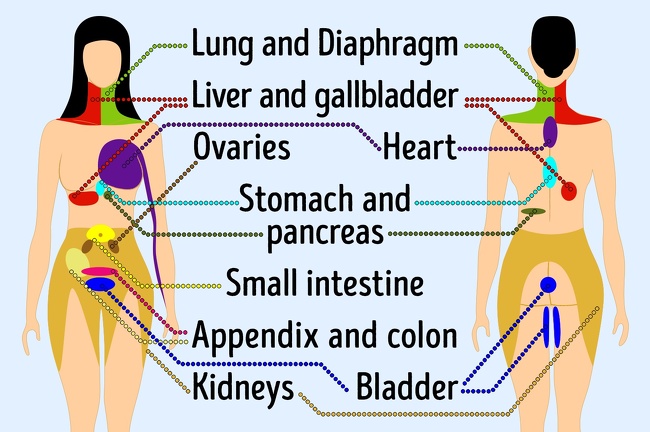
Referred pain is when the pain you feel in one part of your body is actually caused by pain or injury in another part of your body.
For example, an injured pancreas may be causing back pain, or a heart attack could be triggering pain in your jaw.
Referred pain can be a symptom of serious things happening in your body. It is important to understand how and why this happens.
Referred Pain Causes
Simply put, referred pain occurs because the nerves in your body are all connected.
When your body experiences a pain stimulus, your nervous system transmits the signal to your brain. The brain sends a signal to your body that it is in pain.
Sometimes, because of the way the nerves are connected to your body, your brain sends a pain signal to a different part of your body, in addition to the area where the pain originated.
Researchers are still working to understand the exact mechanism and why your body has this type of reaction.
1. Heart
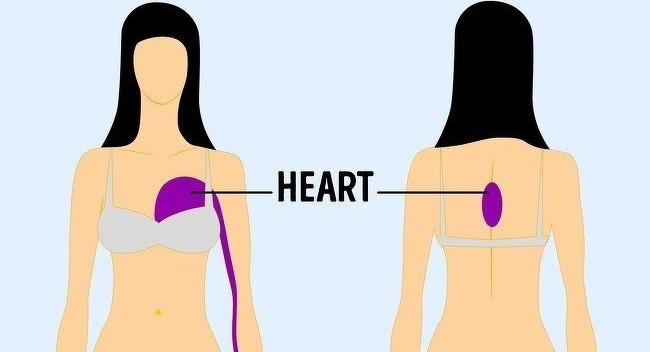
Heart pain can be located on the left side of the chest, as expected. However, you may also experience shooting pain on the inside of your left hand or in the upper central part of your back.
2. Lung and Diaphragm
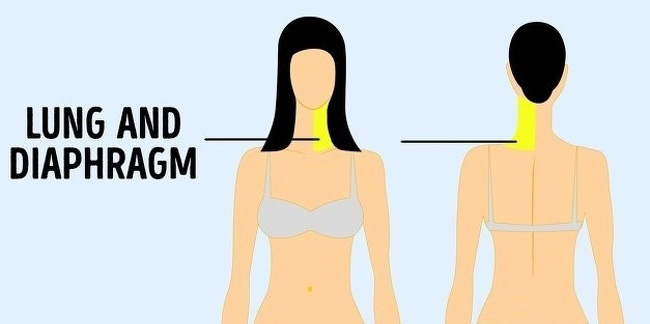
If you have constant neck and shoulder pain, it’s time to go to the doctor to check your lungs and diaphragm.
This pain may be the result of respiratory or phrenic nerve problems that extend from the spine to the diaphragm, through the lungs.
3. Liver and Gallbladder
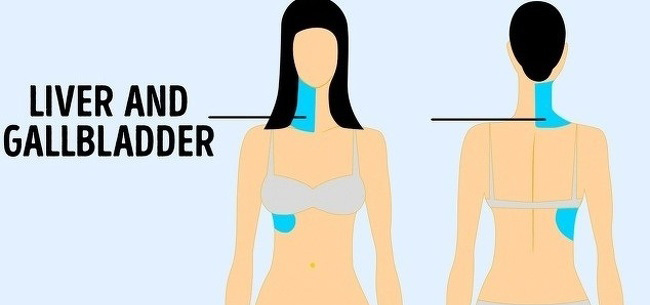
This pain is not easy to identify because problems with the liver or gallbladder can cause pain in the shoulders or neck, as the person is more likely to blame the lack of exercise or to spend too much time on the computer.
Listen to your body, and if the pain doesn’t go away, check it out. It’s always better to be safe than sorry.
4. Stomach and Pancreas
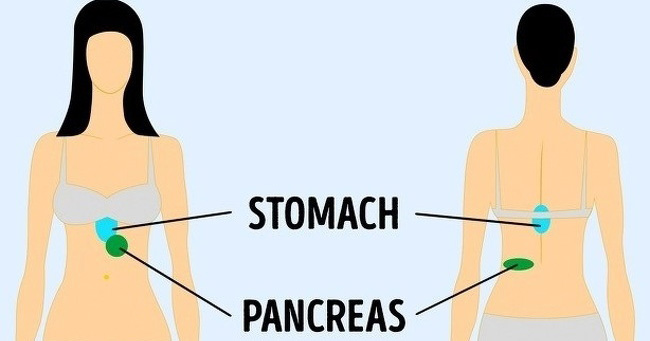
This pain is generally relatively easy to identify, but approximately 50% of people with acute pancreatitis also have to radiate back pain.
5. Small Intestine

The sharp pain in the abdominal area near the belly might be caused by issues with the small intestine.
6. Appendix and Colon
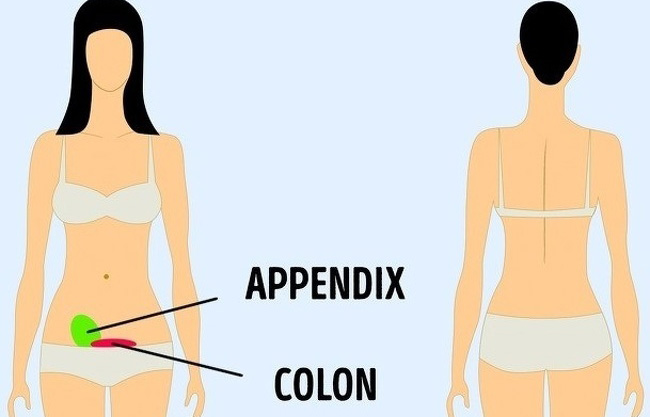
Appendicitis and colon problems are usually relatively easy to identify, as the pain is on the right side of the lower middle abdomen. Appendicitis is a life-threatening problem, and if you have pain, get a medical exam as soon as possible.
7. Kidney
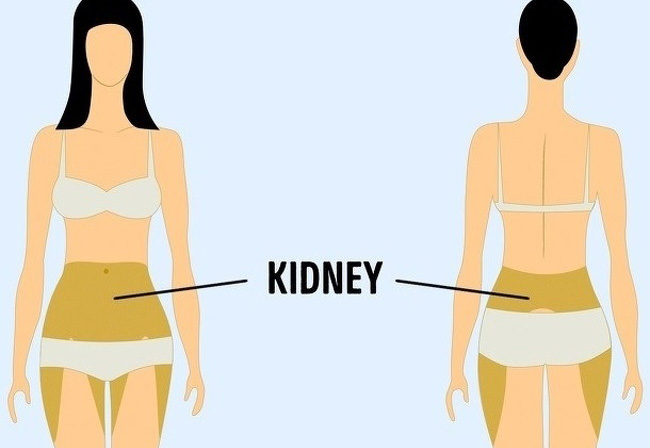
This can be a bit tricky because the pain basically covers the entire lower back, abs, hips, and pelvis. If the pain does not go away, the solution is simple: visit a doctor to check.
8. Bladder

Pain caused by a bladder infection is usually found in the lower part of the pelvis, in the front or in the back.
9. Ovaries
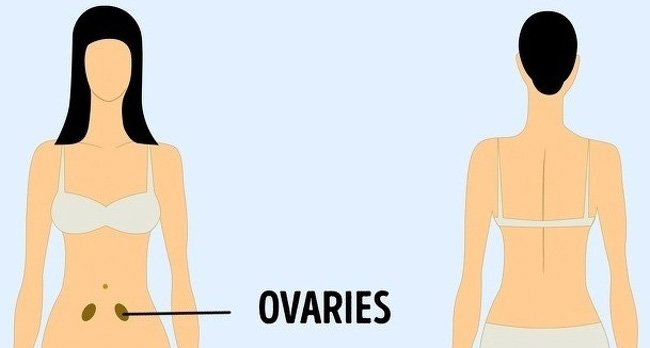
This is applicable only to women for obvious reasons. Sharp stabbing pain on the sides of the lower abdomen can be a sign of a problem and you should see a doctor.
It is very important to be able to recognize the cause of the referred pain, since it can be an early stage of something very serious.
If you think we missed something, please write about it in the comments below. Be sure to share this information with your friends and family.









Leave a Reply